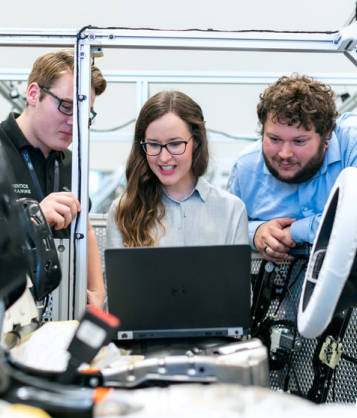Die casting is a popular manufacturing process used to create metal parts with high precision and accuracy. From intricate designs to complex shapes, die casting manufacturers play a crucial role in bringing ideas to life. In this article, we will explore the process of turning design concepts into reality through die casting. Visit our website now to connect with the best die casting manufacturers for your next project.
The Design Phase
Conceptualization
- At the beginning of the process, designers and engineers work together to conceptualize the part or product that needs to be manufactured through die casting.
- They consider factors such as material selection, part geometry, and manufacturing feasibility to come up with a viable design.
Computer-Aided Design (CAD)
- Once the concept is finalized, designers use CAD software to create a detailed digital model of the part.
- CAD allows for precise control over dimensions, tolerances, and features, ensuring that the final product meets the required specifications.
The Tooling Phase
Creating the Mold
- The next step in the process is the creation of the die or mold that will be used for casting the part.
- The mold is typically made from steel and is precision-machined to mirror the design of the part.
Die Casting Simulation
- Before proceeding with actual production, die casting manufacturers often conduct simulations to analyze the mold design and optimize the casting process.
- Simulations help identify potential issues such as air entrapment, shrinkage, or defects, allowing for adjustments to be made before casting begins.
The Production Phase
Melting and Injecting
- During production, the selected metal alloy is melted in a furnace to the desired temperature.
- The molten metal is then injected into the mold cavity under high pressure to fill the intricate details of the part.
Cooling and Ejection
- After filling the mold, the molten metal is allowed to cool and solidify, taking the shape of the mold.
- Once the metal has solidified, the mold is opened, and the newly formed part is ejected for further processing or finishing.
The Finishing Phase
Trimming and Deburring
- After ejection, the part may undergo trimming and deburring processes to remove any excess material or sharp edges.
- This step ensures that the part is clean, smooth, and ready for use or assembly.
Surface Treatment
- Depending on the desired finish, the part may undergo surface treatment processes such as painting, powder coating, or plating.
- These treatments not only enhance the appearance of the part but also improve its corrosion resistance and durability.
Conclusion
Die casting manufacturers play a crucial role in bringing design concepts to reality. By leveraging advanced technology, precision tooling, and expert craftsmanship, they are able to transform ideas into high-quality metal parts with efficiency and accuracy. From concept to production, each phase of the die casting process is carefully executed to ensure that the final product meets the exact requirements of the design. As technology continues to advance, die casting manufacturers will continue to push the boundaries of what is possible, turning even the most complex designs into reality.
